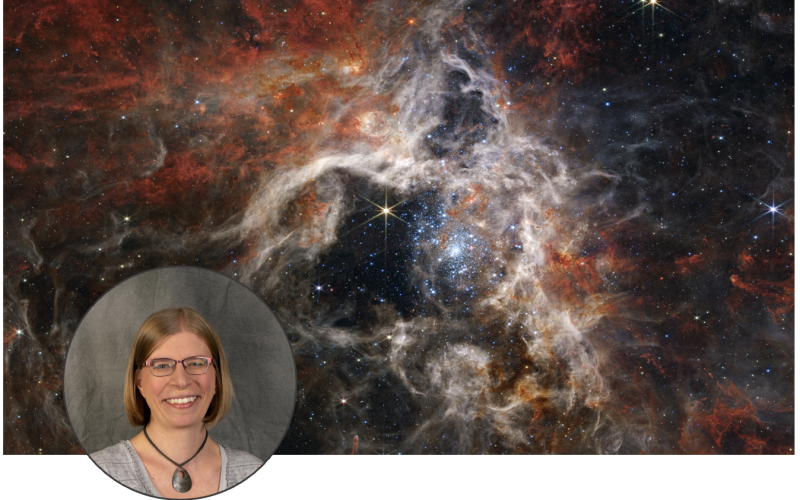Events

- This event has passed.

Monica Young: Winter Speaker Series 2023
January 28, 2023 @ 2:00 pm
$75 – $100The James Webb Space Telescope is a feat of engineering and a long-awaited stride forward in many areas of astronomy. Communicating these advances to the public might seem easy when the space telescope is sending down awe-inspiring images of newborn stars, tenuous dust, and distant galaxies nearly every day. But these images are not showing visible light — they’re taken at infrared wavelengths — and there are many decisions made behind the scenes in order to convey the data in a meaningful way. We will take a deep dive into some of the beautiful images and other data coming from Webb to learn about the birth of new stars today and the dawn of galaxies long ago.











